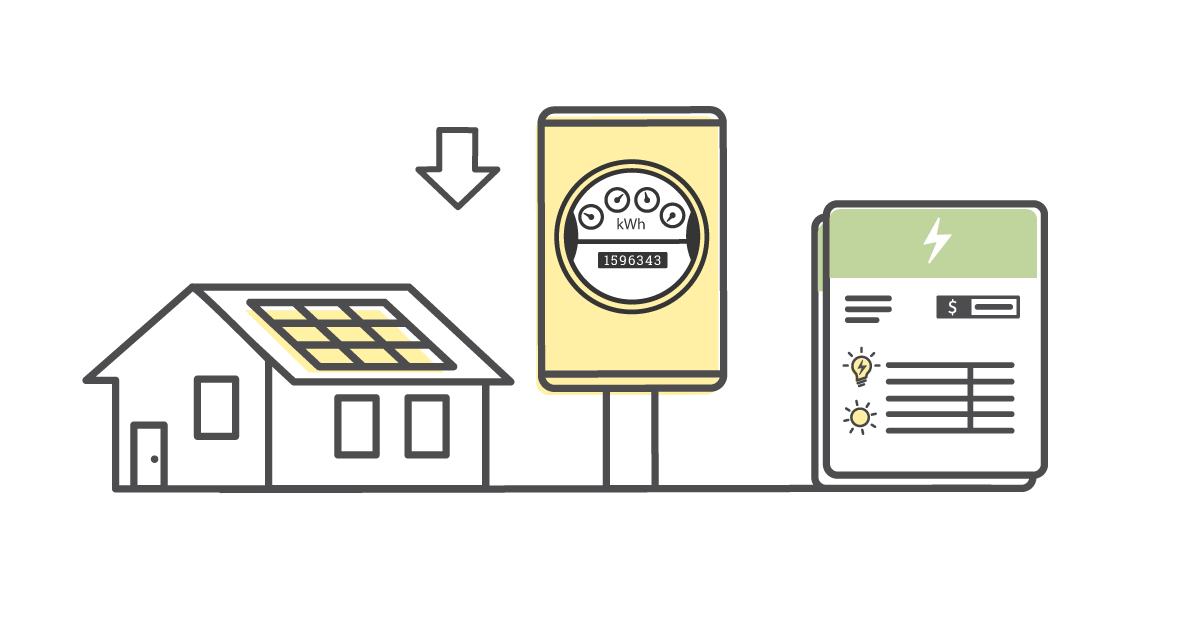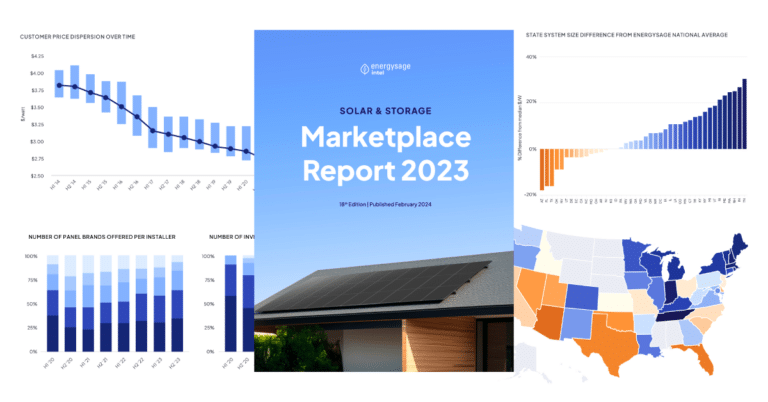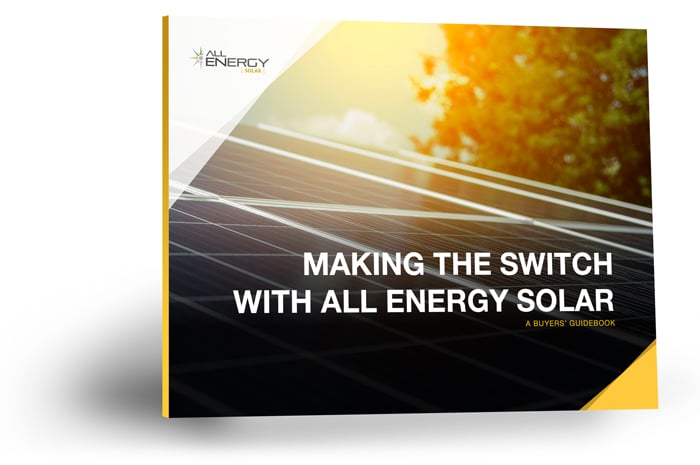Going solar can have a significant impact on your monthly energy bill, but just what should you expect to see?
Take a big picture approach
When assessing the impact of solar on your energy bill make sure to take a big picture approach. Looking at any given month won’t provide you with a true picture of your solar photovoltaic systems impact. Instead you’ll need to look at the impact over an entire year.
Output and consumption
The two biggest factors in determining the impact solar will have on your electric bill are the size and output of your solar photovoltaic system and the amount of energy you use each month. If you’ve installed the maximum amount of panels allotted based on your historical energy consumption you may find that some months you see little to no charges on your bill. But if you’ve only added a few panels the impact will be far less significant on your monthly bill.
The seasons matter
You’ll likely see a change in your electric bill based on the seasons as well. In the winter when the days are shorter and there are less hours of sunlight for your panels to produce electricity, your production will go down. Unfortunately, the shorter days and cooler temps can also mean an increase in the electric usage for most consumers leading to higher electric bills. In contrast, during the summer months when the days are longer most consumers see an increase in the energy they’re producing and a decrease in the energy they consume, leading to a much lower bill and even in some instances a credit on their monthly statement via a billing mechanism known as net metering.
Fixed versus fluctuating rate
One thing to consider with solar and your electric bill is that the value of the solar energy you produce will go up over time as the price of electricity has historically increased at a rate of about 2–3 percent per year. However, with solar you’re locked in at a fixed rate for your energy costs.




